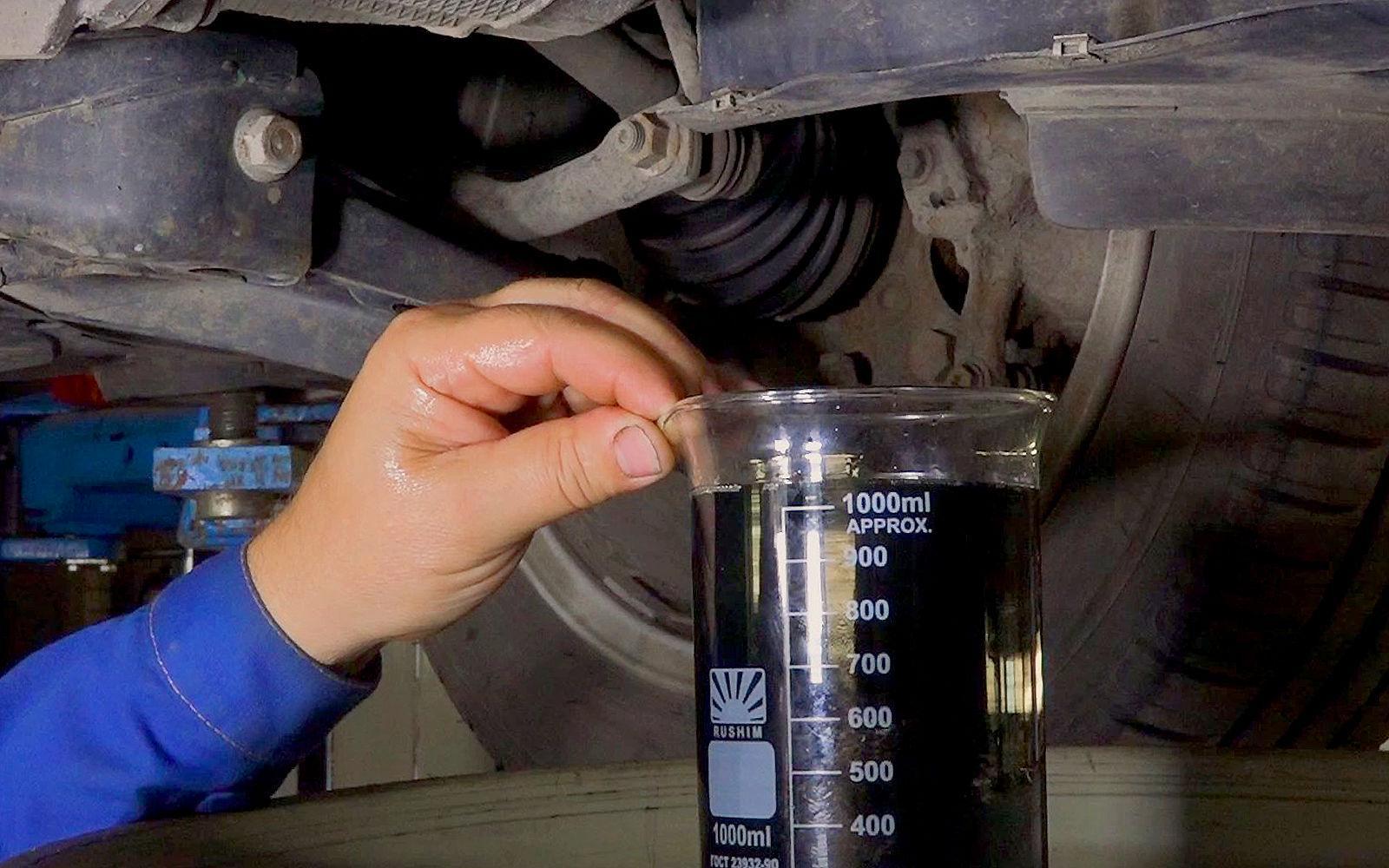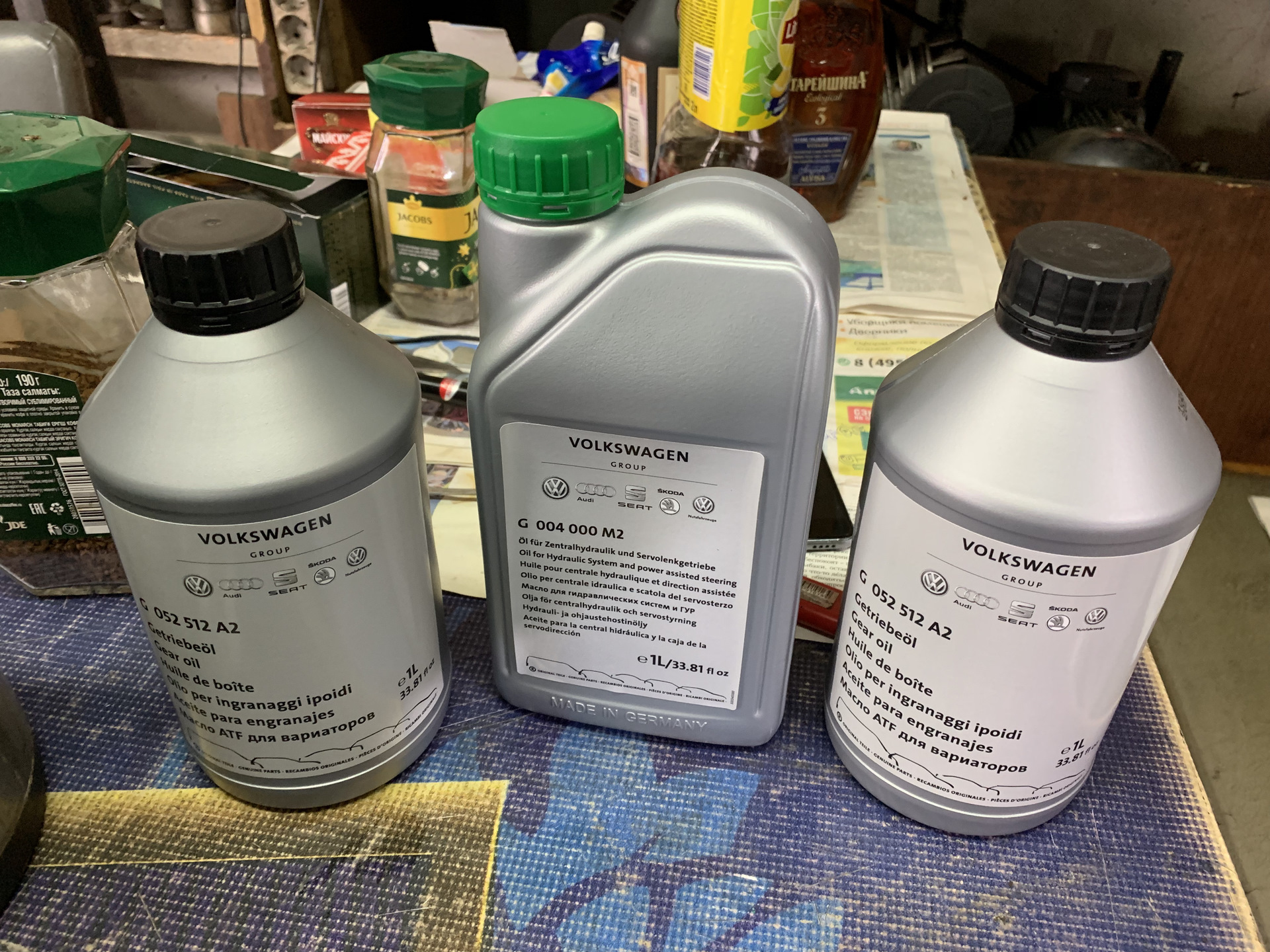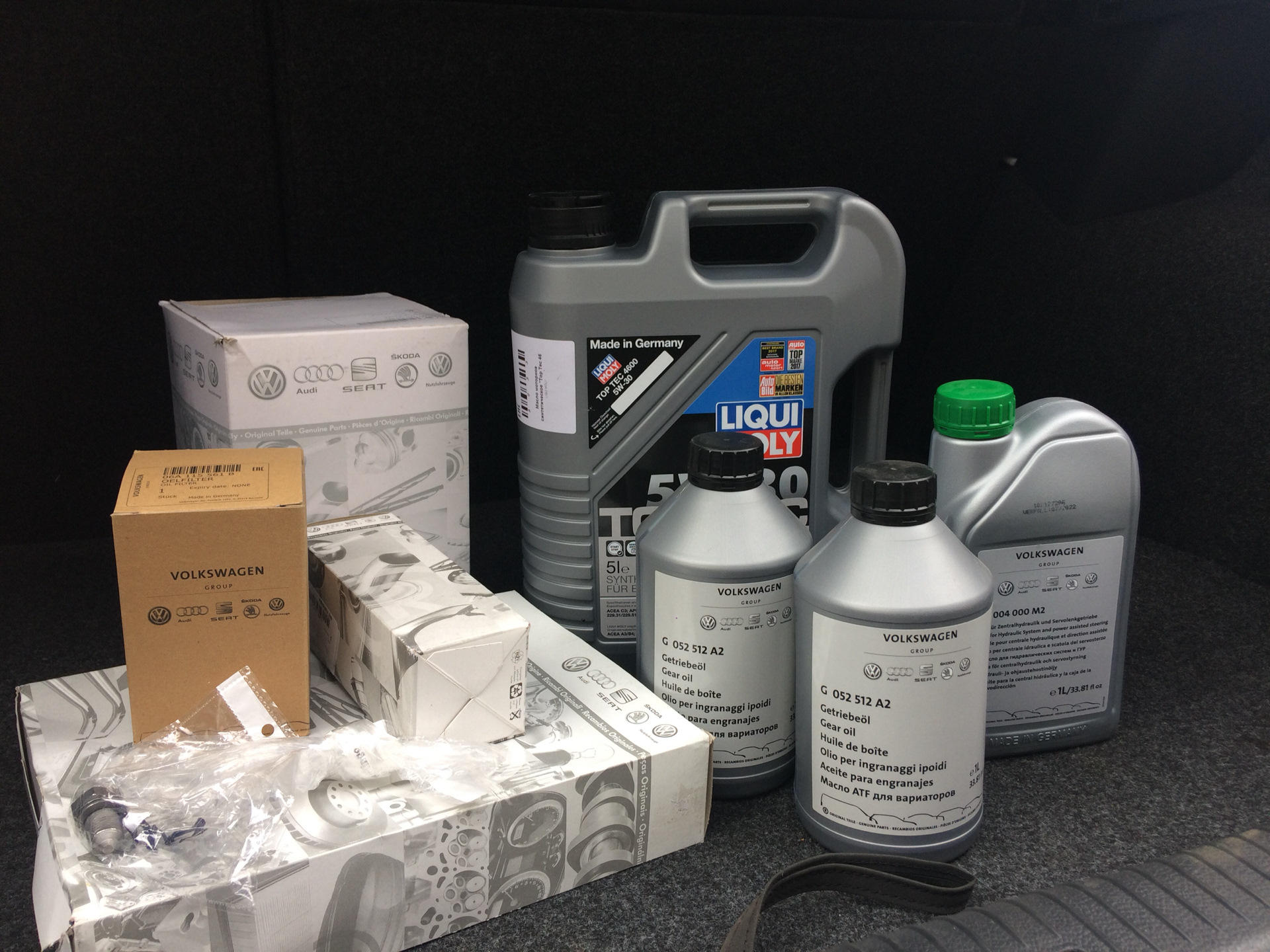
Oil change in DSG 7 (manual transmission)
Content
Do not change the oil in DSG mechatronics yourself if you do not have experience in repairing and tuning robotic transmissions. Violation of this rule often disables this node, after which the box requires expensive repairs.
Robotic transmissions (manual transmissions), including the DSG-7 dual-clutch preselective unit (DSG-7), provide driving comfort comparable to traditional automatic transmissions. One of the conditions for their trouble-free operation is the timely and correctly performed oil change in the DSG-7.
What is a robotic transmission
The basis of the manual transmission is a conventional manual transmission (manual transmission), the speed of which is switched not by the driver, but by the electronic control unit (ECU) coupled with actuators, then electrical or hydraulic actuators, including mechatronics. The ECU evaluates the speed parameters of the machine and the load on the engine, then determines the optimal gear for this mode. If another speed is enabled, the control unit performs the following actions:
- disengages the clutch;
- includes the required transmission;
- connects the engine to the transmission.
This happens every time the currently engaged gear does not match the speed and load on the vehicle.
What is the difference between manual transmission and DSG-7
Robotic transmissions based on conventional manual transmissions are characterized by slow actuators, so a car with a conventional manual transmission starts with a delay, and also “dulls” when shifting gears up or down. The solution to the problem was found by specialists developing units for racing cars. They used the idea proposed back in the thirties of the last century by the French inventor Adolphe Kegress.
The essence of the idea is to use twin gearboxes, one part of which works at even speeds, the other at odd ones. When the driver understands that it is necessary to switch to another speed, he engages the required gear in advance, and at the moment of switching breaks the clutch of one part of the box with the engine and activates the clutch of the other. He also suggested the name of the new transmission - Direkt Schalt Getriebe, that is, "Direct Shift Box" or DSG.

DSG-7 oil change
At the time of its appearance, this idea turned out to be too revolutionary, and its implementation led to the complication of the design of the machine, which means it increased its cost and made it less in demand on the market. With the development of microelectronics, this concept was adopted by specialists developing units for racing cars. They combined a gear reducer of conventional mechanics with an electric and hydraulic drive, so that the time spent on each operation was reduced to acceptable values.
The abbreviation DSG-7 means that this is a preselective seven-speed transmission, so DSG-6 means the same unit, but with six gears. In addition to this designation, each manufacturer comes up with its own name. For example, the Renault concern calls units of this type by the abbreviation EDC, and at Mercedes they were given the name Speedshift DCT.
What types of DSG-7 are
There are 2 types of gearbox, which differ only in the design of the clutch, which is either wet or dry.
Mechatronics (mechatronic), that is, the internal mechanism that controls the shift forks and executes ECU commands, works for all types of robotic transmissions in the same way. But for each gearbox, they develop their own version of this block, so mechatronics are not always suitable even for the same gearbox, but released a few months or years earlier.
What affects the condition of the oil in the manual transmission
In the mechanical part, the transmission fluid performs the same function as in conventional manual transmissions, that is, it lubricates and cools the rubbing parts. Therefore, overheating and contamination of the lubricant with metal dust turns it into an abrasive, which increases the wear of gears and bearings.
In the wet clutch part, the transmission reduces friction when the hydraulic cylinder is unclenched and cools the pack when the clutch is engaged. This leads to overheating of the fluid and fills it with the wear product of the friction linings. Overheating in any part of the manual transmission leads to the oxidation of the organic base of the lubricant and the formation of solid soot, which, in turn, acts as an abrasive, accelerating the wear of all rubbing surfaces.

Car oil change
The regular transmission oil filter captures most of the contaminants, but cannot completely eliminate the effect of soot and dust. However, in units that are not equipped with an external or internal filter element, the rate of consumption of the lubricant resource is noticeably higher, which means that it must be changed more often by 1,2–1,5 times.
In mechatronics, the oil can overheat, but if the unit is in good condition, then there will be no other negative effect. If the block is faulty, it is changed or repaired, after which a new liquid is poured.
Replacement frequency
The optimal mileage before replacement (frequency) is 50-70 thousand km, moreover, it directly depends on the driving style. The more carefully the driver drives the car and transports less cargo, the longer the run can be. If the driver loves speed or is forced to constantly drive with a full load, then the maximum mileage before replacement is 50 thousand kilometers, and the optimal one is 30-40 thousand.
Change of oil
For dry clutch boxes, the oil change is completely identical to that carried out in mechanical transmissions, and the fluid in mechatronics is changed only during its repair or adjustment, which involves dismantling the unit. Therefore, you will find a detailed description of the procedure for the mechanical part of the gearbox by following this link (Changing the oil in a manual transmission).
Therefore, you will find a detailed description of the process of changing the oil in a robot box with a wet clutch by clicking on this link (Changing the oil in an automatic transmission).
After filling in a new fluid, the transmission is adapted. Only after the completion of this procedure, the oil change in the manual transmission is considered completed and the machine can be used without restrictions.
Warnings and Tips
To change the oil in the DSG-7, use only the fluid recommended by the manufacturer. There are transmissions that are analogous in many respects, but a deviation in even one, at first glance, not very important factor, can adversely affect the condition of the unit.
Do not change the oil in DSG mechatronics yourself if you do not have experience in repairing and tuning robotic transmissions. Violation of this rule often disables this node, after which the box requires expensive repairs.
Do not neglect the installation of new gaskets and other sealing elements. Having saved on them, you will seriously spend money when you have to eliminate the consequences of a leak through such a seal. Buy these consumables by the article number, which can be found in the instruction manual or on thematic forums on the Internet.

Oils for mechatronics
Carry out an oil change in the DSG-7 according to the regulations, taking into account the mileage and loads on the car. If jerks or some other malfunctions of the transmission appear, then it is necessary to remove and disassemble the unit in order to establish the cause of this behavior. Even if the violation was due to dirty lubricating fluid, it is necessary to find and eliminate the cause of the appearance of solid particles, that is, metal dust or crushed soot.
Remember, a certain filling volume of the transmission must be filled into the box in order to obtain the required fluid level in the box. Do not make the level higher or lower, because only the optimal amount of oil will ensure the correct operation of the unit. To avoid unnecessary expenses, buy liquid in 1 liter canisters.
Conclusion
Timely and correctly carried out replacement of the transmission fluid in robotic gearboxes extends the life of the unit and improves the quality of its work. Now you know:
- why it is necessary to perform such maintenance;
- what methodology is applicable for different types of boxes;
- what fluids and consumables are needed to change the oil in the robot box.
This information will help you maintain your vehicle properly so that your transmission runs smoothly.
